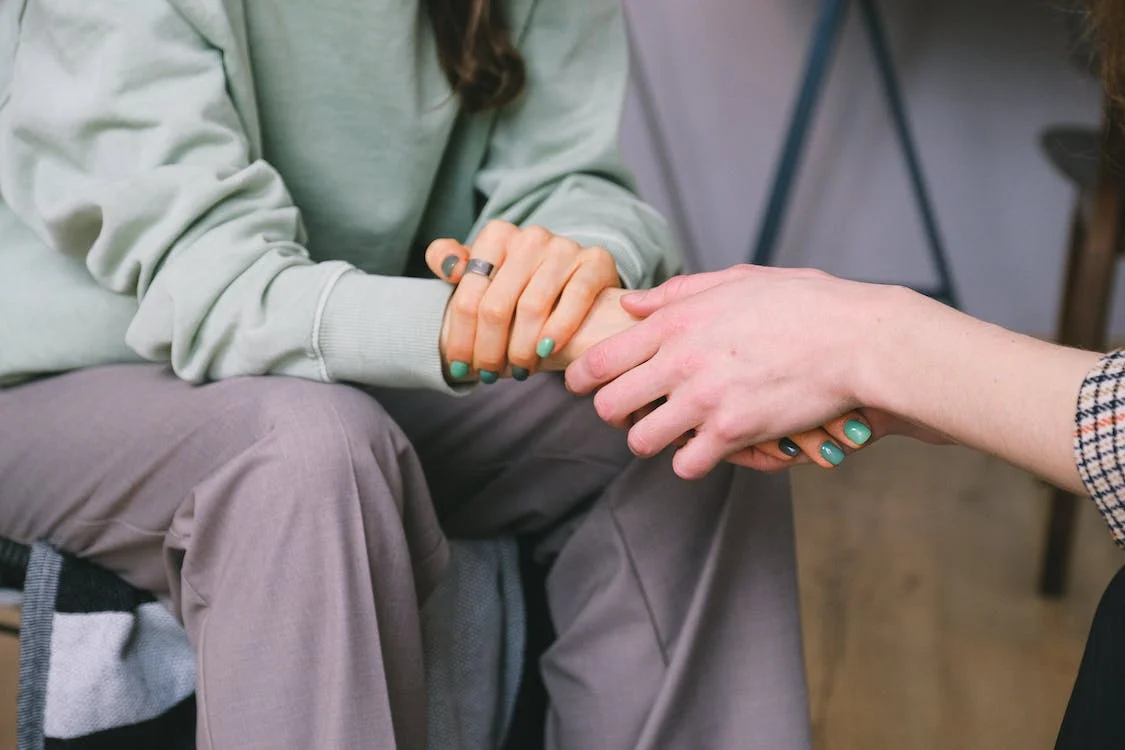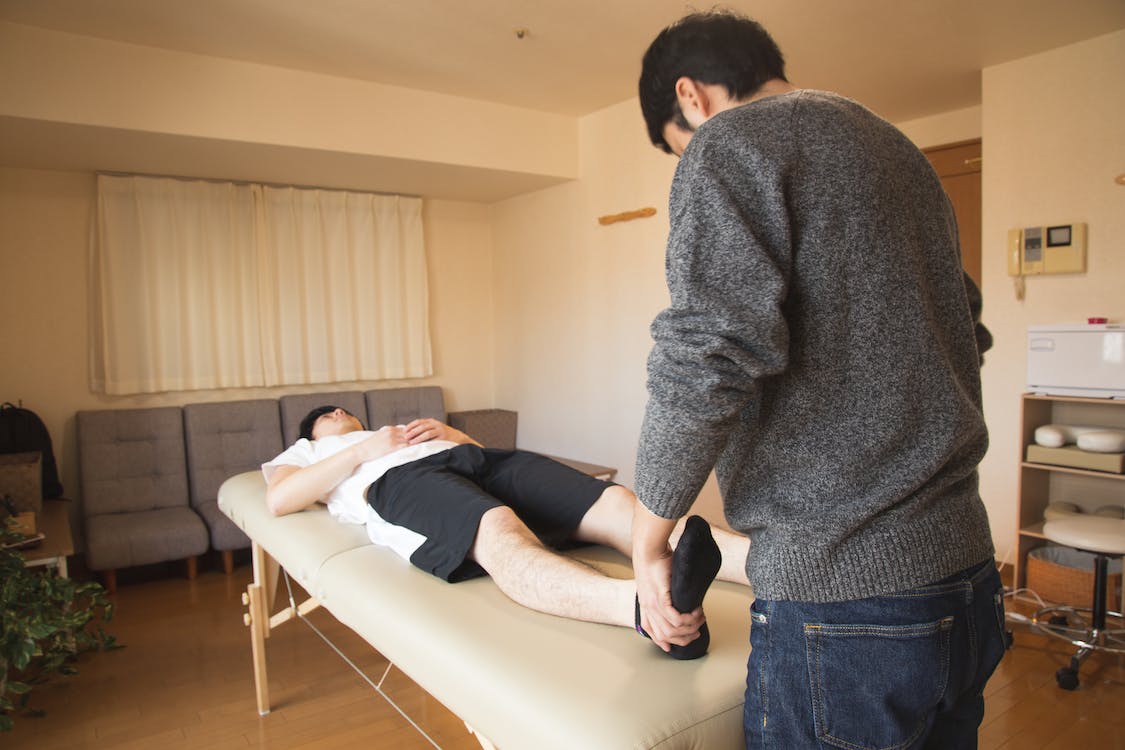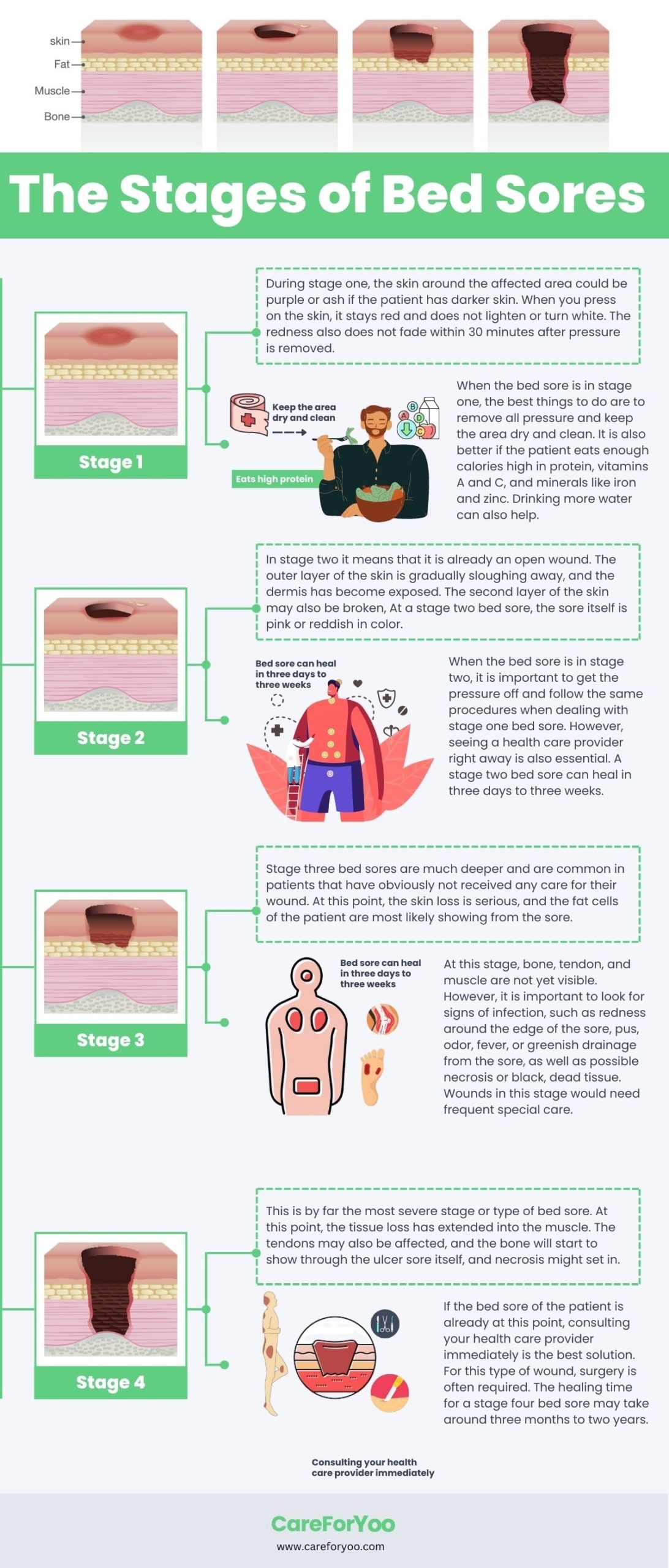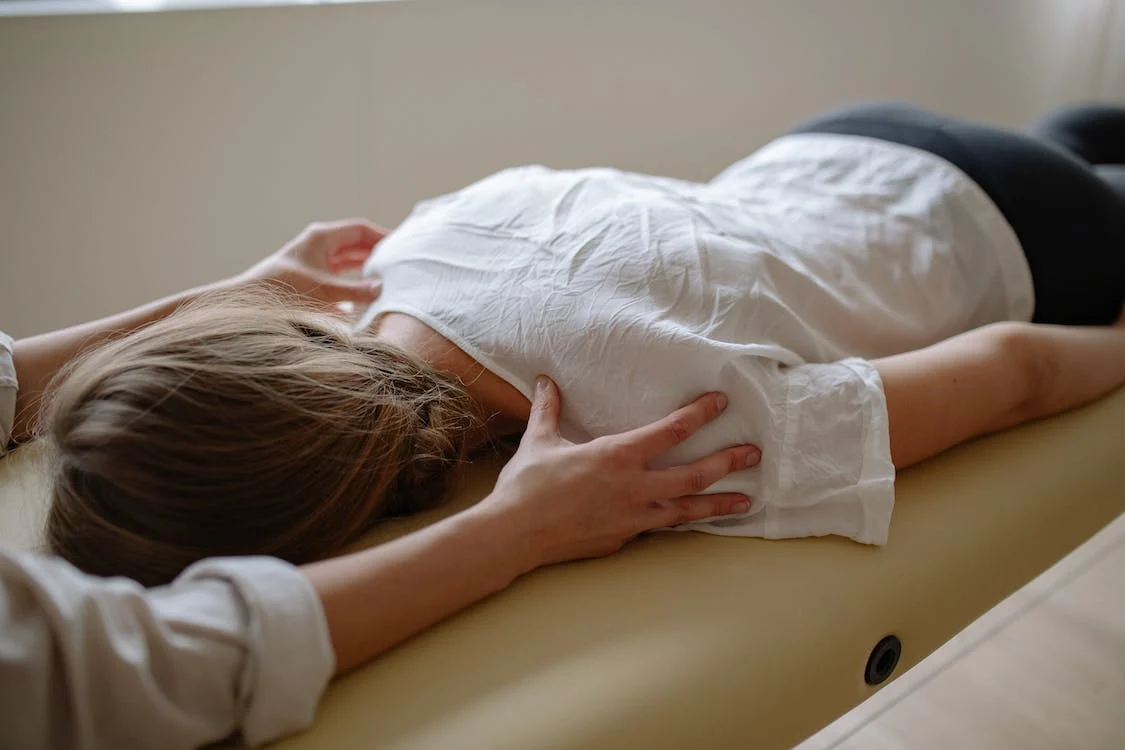Bedsores, or pressure ulcers, are painful and sometimes life-threatening wounds that develop on the skin due to prolonged pressure on specific body areas. These pressure ulcers occur mostly on bony parts of the body, such as the lower spine, hips, heels, elbows, and tailbone.
Preventing bedsores is essential for individuals at risk of developing them. Bedsores can lead to serious complications, such as infections, sepsis, and can even prove to be fatal. The prevention of bedsores is critical to the overall health and well-being of the individual, as well as to reducing healthcare costs.
Wearable technology, smart beds, sensor technology, and pressure mapping can help prevent bedsores by monitoring the patient’s movements, adjusting the bed’s surface, and providing a visual representation of pressure points to healthcare professionals. This allows for treatment of bedsores in a swift manner. Let’s dive into the specifics!
Pressure Mapping
Pressure mapping technology is an advanced method of measuring the distribution of pressure on a surface, which has various applications in healthcare, manufacturing, and sports. This technology involves using sensors or pressure-sensitive materials that can detect the amount of force or pressure applied to different points on a surface. There are several types of pressure mapping techniques, including:
- Static Pressure Mapping: Some doctors use a sensor mat or pad to measure pressure points over a period of time to identify areas of high pressure.
- Dynamic Pressure Mapping: This mapping system, integrated into a specialized mattress or cushion, continuously measures pressure distribution and adjusts support to minimize pressure points.
- Tactile Pressure Mapping: A pressure-sensitive film is placed directly on the skin to measure pressure distribution, with the film changing color in response to pressure.
- Computerized pressure mapping: Sensors on the bed or mattress measure pressure and display the data in real time through a computerized pressure mapping system. This technique is by-far one of the most effective because it shows real-time data allowing for quick and precise treatment of bedsores.
How Pressure Mapping Can Be Used to Prevent Bedsores?
In healthcare, this technology can be a game-changer in preventing bedsores by enabling doctors to pinpoint vulnerable body areas at risk to develop bedsores. A healthcare professional starts off by placing a pressure-sensitive mat or sensor on the bed or wheelchair. Next, they map out the pressure points on the patient’s body to determine the areas of the body that are under the most pressure and are at the highest risk of developing bedsores.
Once the pressure points have been identified, healthcare professionals can take steps to alleviate pressure in those areas. This may include using specialized mattresses or cushions that distribute pressure evenly across the body, repositioning the patient frequently, or providing additional support in the form of pillows or wedges.
Examples of Pressure Mapping Technology
Pressure mapping technology is now available in various products that can be easily integrated into your daily routine.
- Wearable Pressure Mapping Technology: These are portable devices and sometimes pads that can be worn on the body to measure pressure distribution and provide real-time feedback on positioning and pressure relief. For example, you wear these on your elbows, legs, head, thighs, and so on, which helps in identifying pressure at different parts of the body.
- Pressure Sensor Mats: These are one of the most commonly used items when it comes to pressure mapping with multiple sensors in them. They can be placed on top of a mattress, wheelchair cushion, or other support surface to measure pressure distribution.
- Pressure sensor socks: Such socks have pressure sensors to measure pressure distribution and help prevent foot ulcers. It is important to select the right shoe size as well to prevent any pressure from developing.
Sensor Technology
Sensor technology is a sophisticated technique transforming how doctors monitor and diagnose various medical conditions. At its core, a sensor is an electronic device that can detect and measure changes in the environment and transmit that information to a computer or other device. Below are some examples of sensor technologies commonly used in various applications.
- By implementing air-filled sensor pads, a physiotherapist can use a network of air-filled cells that sense changes in pressure to detect the development of pressure points.
- Optical sensors can be used to detect changes in pressure through the use of infrared light, which alerts the doctor to the development of pressure points.
- Piezoelectric sensors detect pressure points by converting mechanical pressure into electrical signals, allowing physiotherapists to take preventive measures.
- Capacitive sensors can detect pressure points by measuring changes in electrical capacitance. Capacitance is the ability of a system to store electrical charge. By measuring the electrical changes, doctors can easily identify and treat high-pressure areas.
How Sensor Technology Can Be Used to Prevent Bedsores?
Medical caregivers can utilize sensor technology integrated into hospital beds and other medical equipment to keep track of a patient’s body and identify regions of high pressure that put them at the risk of developing pressure ulcers.
Different types of sensors including moisture sensors, movement sensors, and temperature sensors, allow for a quick evaluation of pressure. This enables physiotherapists to change a patient’s position or provide extra support to relieve pressure from susceptible areas.
Example of Sensor Technology
The best example of sensor technology is the use of optical fiber sensors. These sensors are thin, flexible fibers that can be woven into a fabric to create a pressure-sensitive pad. When pressure is applied to the pad, the fibers bend and change how light travels through them, allowing the sensors to detect pressure.
By utilizing these sensors, it is possible to observe the pressure exerted on a patient’s body and identify regions of elevated pressure that may pose a risk of bedsore formation. The sensors can then signal a computer or mobile device to alert healthcare providers to any potential risk.
Temperature sensors are also a good option as they can be used to detect localized increases in skin temperature, which may indicate inflammation or infection that can lead to the development of bedsores. By detecting these changes early, doctors can take appropriate actions to prevent worsening of the condition.
Smart Beds
Smart beds are a revolutionary technology designed to improve sleep quality and provide a range of health benefits. These beds are equipped with a range of sensors and devices that can monitor various aspects of the user’s sleep, such as body temperature, heart rate, and breathing patterns. By analyzing this data, smart beds can adjust the position of the bed, the firmness of the mattress, and other variables to optimize the user’s comfort and promote a restful sleep.
How Smart Beds Can Be Used to Prevent Bedsores?
Smart beds can help prevent bedsores by using pressure sensors to detect high-pressure areas and adjust the bed’s surface to distribute the pressure more evenly. For example, if the sensors detect that the user is putting too much pressure on their hips or shoulders, the bed can adjust the position of the mattress to relieve the pressure and prevent the development of bedsores.
In addition to pressure sensors, smart beds may also include other features that can help prevent bedsores. For example, some smart beds are equipped with air mattresses that can be inflated or deflated to adjust the bed’s firmness and provide extra cushioning for sensitive areas. Often, they may have special materials or coatings on the mattress to reduce friction and moisture, which can also contribute to developing bedsores.
Handy Tip: Whether you’re recovering from an injury, managing a chronic illness, or simply looking to get a better night’s sleep, a smart bed may be just what you need to achieve your goals.
Examples of Smart Beds
The following are some types of smart beds:
- Air-Fluidized Beds use air and silicone beads to create a fluidized support surface that evenly distributes pressure, reducing the risk of pressure sores. The beads move and conform to the patient’s body, reducing pressure points and the risk of pressure sores. Air-fluidized beds are often used for patients with severe or chronic wounds that require specialized care.
- Low Air Loss Beds have air-filled cells that can be adjusted to provide customized support, reduce pressure points, and increase airflow to the skin. Low air loss beds are often used for patients who are at risk of developing pressure sores due to prolonged bed rest or limited mobility.
- Alternating Pressure Beds alternate pressure between different areas to prevent prolonged pressure on any one area, reducing the risk of bedsores. These beds are often used for patients who have already developed pressure sores or are at high risk of developing them.
- Kinetic Therapy Beds use subtle movements to redistribute pressure, preventing bedsores. They may gently rock or tilt to shift pressure points and promote blood flow. Kinetic therapy beds are often used for patients who are unable to move or reposition themselves.
- Hybrid Beds combine features of different types of beds to provide a customized solution for preventing bedsores, enhancing patient comfort, and promoting healing. For example, a hybrid bed may combine the fluidized support of an air-fluidized bed with the alternating pressure of an alternating pressure bed. These beds are often used for patients with complex medical conditions or who require specialized care.
Wearable Technology
Wearable technology has emerged as an innovative solution to monitor health and fitness and prevent various ailments. These devices are designed to be worn on the body, and they come in different forms, including smartwatches, fitness trackers, and smart clothing.
They are equipped with sensors that collect data on various physiological parameters, such as heart rate, blood pressure, and temperature and transmit them to a smartphone or computer for analysis.
How Wearable Technology Can Be Used to Prevent Bedsores?
Wearable technology can help prevent bedsores by monitoring the patient’s position and activity level. For example, a wearable device that is worn on the back or buttocks can detect pressure points and notify the caregiver if the patient has been in the same position for too long. This can prompt them to change the patient’s position or relieve pressure, such as with a cushion or foam pad.
Another way that wearable technology can prevent bedsores is by monitoring the patient’s activity level. A device that tracks the patient’s movement and position can help caregivers ensure they are getting enough exercise and movement, which is important for maintaining healthy skin and preventing pressure ulcers.
Examples of Wearable Technology
In recent years, the popularity of wearable technology has grown significantly, with its effectiveness depending on the type of wearable technology and its intended purpose. An example of an exceptional wearable technology is the SmartDerm device, which aims to prevent bedsores using different mechanisms including:
- Pressure Relief: SmartDerm employs detectors to identify the areas of the body susceptible to forming pressure ulcers. The device then automatically adjusts the pressure and position of the patient to relieve these pressure points.
- Moisture Control: The device also monitors the moisture levels on the patient’s skin and alerts the caregiver when the skin becomes too wet. This helps prevent the formation of bedsores by ensuring the skin stays dry.
- Data Analysis: SmartDerm collects data on the patient’s skin health over time, including pressure points, moisture levels, and changes in skin color. This data can be used by caregivers to monitor the patient’s condition and adjust their care as needed.
- Patient Comfort: SmartDerm is designed to be comfortable for the patient to wear, with soft, breathable materials that do not irritate the skin. This helps encourage patients to use the device consistently, which can lead to better outcomes in preventing bedsores.
Conclusion
From pressure-relieving beds to smart sensors that monitor patients’ movements and positions, technology offers a range of solutions to minimize the risk of developing bedsores. The importance of utilizing these advancements cannot be overstated, as bedsores can have serious health consequences and be difficult to treat once they develop.
Looking ahead, the potential of technology to prevent bedsores is limitless, with ongoing research and development of new technologies that can further enhance patient care and quality of life. By leveraging technology to prevent bedsores, we can make significant strides in improving patient outcomes and promoting overall health and wellness.







